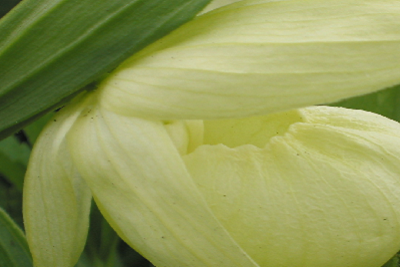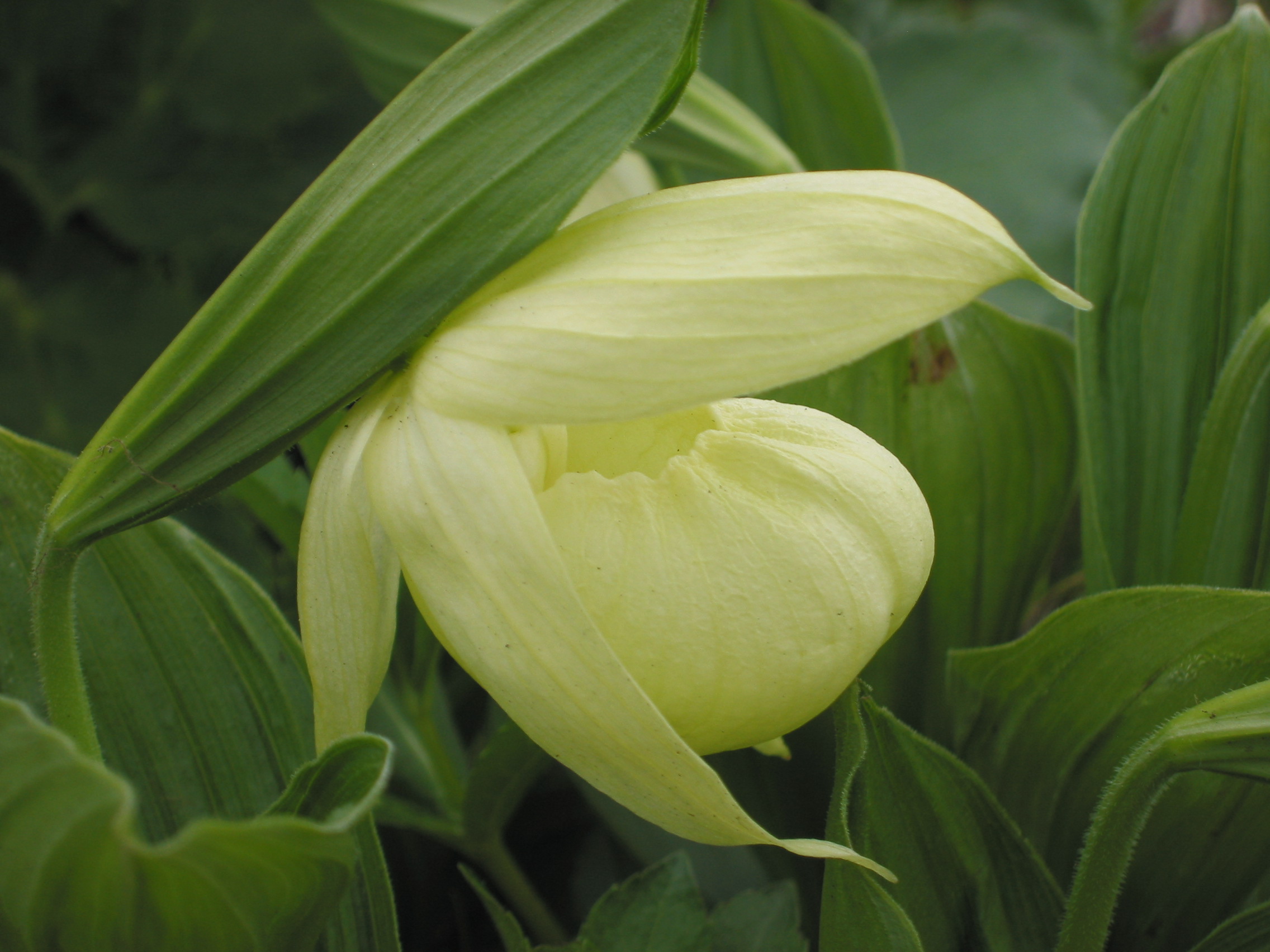Wildflowers sometimes sleep for a few years The strange lives of perennial herbs


The Rebun lady’s slipper orchid, an orchid species native to Japan, is one species thought to be capable of long-term vegetative dormancy.
© 2018 Richard P. Shefferson
Many different types of plants may stay dormant for years underground, not dead, not as unsprouted seeds, but sleeping, waiting for better conditions before regrowing aboveground. A data analysis study led by Associate Professor Richard Shefferson from the Graduate School of Arts and Sciences at the University of Tokyo compiled global field study data on plant dormancy and has identified documented cases of dormancy in 114 plant species and 24 different families.
Information on dormancy in plants comes from long-term studies of populations, often involving rare or endangered wildflower species. Field biologists visit study populations at least once a year to map individual plants, and to collect data on size, flowering status, and other characteristics. The longest and most comprehensive studies included over 30 consecutive years of monitoring more than 8,000 individual plants. These field studies have shown that some plants do not emerge aboveground every year but reappear after one or more subsequent years.
Usually dormancy lasts for a single year, but two field studies identified plants that stayed dormant for 20 years.
“When a plant does not emerge in the spring, we feel sad thinking that it might have died. But often we are happy when we see it reappear the next year, or even two or three years later,” said Professor Richard Primack from Boston University in the U.S., a co-author of the research paper.
There could be many possible causes for plants not emerging every year. For example, the resting period, typically winter, may not have been cold enough for the plant to perceive that spring has arrived. Alternatively, if the previous growing season was unproductive, the plant may not have stored enough resources to produce sprouts in the new year, or the buds and new shoots could have been eaten.
"After 30 years of study, I was surprised to discover that prolonged dormancy in a pogonia orchid was often caused by the mysterious disappearance over the winter of all of the new shoot buds, presumably eaten by rodents or other creatures," said Professor Emerita Katharine Gregg from West Virginia Wesleyan College in the U.S., another co-author of the data analysis study.
When a plant enters a prolonged belowground dormancy, it still needs resources to survive. The orchid family, more than any other, has evolved mechanisms to survive dormant periods and the key to success is getting nutrition from soil fungi. As an extreme example, one orchid in Australia never appears aboveground, instead living perpetually belowground.
Two conclusions from the study are perhaps most surprising. The first is that plants put a lot of resources into producing the buds from which new shoots emerge. If buds and new shoots are eaten or killed by drought or disease, it might be better for the plant to remain dormant underground and wait for better times. Second, while Shefferson and his team initially thought that dormancy would be more likely in colder environments where the growing season is short, they found that dormancy was actually more common near the equator where shoots are more likely to be eaten by grazing animals.
“In fire-prone areas, there appears to be an advantage to plants remaining dormant and then sprouting after fire when favorable conditions exist for growth and flowering,” said Senior Research Biologist Eric Menges of Archbold Biological Station in the U.S., another co-author.
More than anything, Shefferson’s research team has revealed that wildflowers have many interesting features beyond the presence and beauty of flowers that capture our imaginations. The study also shows the power of collaborative, international science, and how the wealth of ecological data gathered by field biologists worldwide can be used to better understand the natural world.
Papers
Richard P. Shefferson, Tiiu Kull, Michael J. Hutchings, Marc-André Selosse, Hans Jacquemyn, Kimberly M. Kellett, Eric S. Menges, Richard B. Primack, Juha Tuomi, Kirsi Alahuhta, et al., "Drivers of vegetative dormancy across herbaceous perennial plant species," Ecology Letters: March 25, 2018, doi:10.1111/ele.12940.
Link (Publication )
)
Related links
- Graduate School of Arts and Sciences

- Graduate Program on Environmental Sciences, Graduate School of Arts and Sciences

- Shefferson lab






